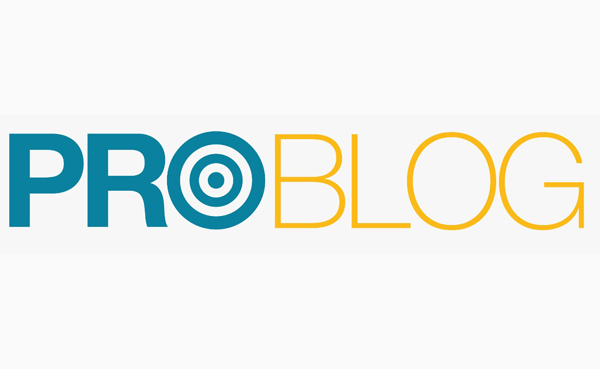Purpose of Mammogram
A mammogram is an essential screening tool that uses computers and specially designed digital detectors to produce detailed X-ray images of breast tissue. This non-invasive procedure plays a crucial role in the early detection of breast cancer, significantly improving the chances of successful treatment. Mammograms are used for both mammogram screening and diagnostic purposes.
Screening Mammograms: These routine checks are performed on women without any symptoms of breast cancer. The goal is to detect cancer early before any signs or symptoms appear.
Diagnostic Mammograms: These are conducted when there is a specific concern, such as a lump, pain, or nipple discharge, or if a screening mammogram detects an abnormality. A diagnostic mammogram provides a more detailed view of the breast.
Importance of Mammograms
Mammograms can detect breast cancer up to three years before it can be felt. Early detection through mammogram screening allows for a wider range of treatment options, often involving less aggressive treatments. Mammograms help track changes in breast tissue over time. Regular breast cancer mammogram screenings can detect any new developments, making it easier to identify potential issues promptly. For many women, regular mammograms provide reassurance that their breast health is being monitored.
Who Should Get a Mammogram?
Women Aged 25-39: It is recommended to consult a breast specialist for a breast awareness session, which includes education about the signs and symptoms of breast cancer and the technique of self-breast examination. The expert will advise on the right time to start mammogram screening based on your personal risk factors.
Women Aged 40-74: It is generally recommended to have a mammogram every one to two years. Some women may need supplementary screening with ultrasound. A woman may self-refer for a mammogram without the need for a prescription.
High-Risk Women: Women with a higher risk of breast cancer (e.g., family history, genetic predisposition) may need to start screening earlier and more frequently with both mammogram and MRI. Breast experts can perform risk estimation using statistical algorithms and discuss the results with you.
What is a Mammogram Procedure?
Understanding what happens during a mammogram can help alleviate any concerns about the mammogram procedure.
Preparation: You will be asked to undress from the waist up and wear a provided gown. It’s important to avoid using deodorants, perfumes, or powders on the day of the exam, as these can interfere with the images. To minimize discomfort during mammographic compression, schedule your test about 7-14 days after the first day of your menstruation, and avoid salt and caffeinated drinks for a week prior. Screening mammograms are best avoided if you are or are likely to be pregnant. Communicate with your technologist any concerns, chronic pain, or low pain tolerance you may have experienced during prior mammograms.
Positioning: A technologist will position your breast on the mammography machine’s platform. Your breast will be compressed between two plates to spread out the tissue for clearer images and to reduce radiation exposure.
Imaging: The technologist will take images from two different angles. You may feel some discomfort or pressure, but it lasts only a few seconds.
Duration: The entire mammogram procedure typically takes about 20 minutes. You can resume normal activities immediately afterward. Mammograms are a vital tool in the fight against breast cancer. They enable early detection, which is crucial for avoiding aggressive treatments and improving survival rates. By staying proactive about your breast health with regular mammogram screenings, you can take important steps to protect yourself.

Copyright © 2025 Apollo Proton Cancer Centre. All Rights Reserved




